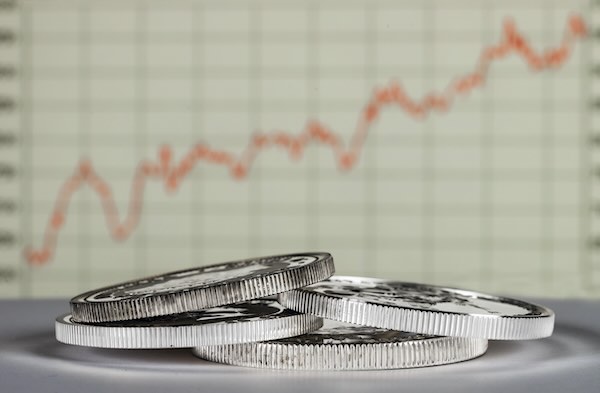Investing in precious metals like gold, silver, platinum, and palladium can be a safe haven when financial outlooks are pessimistic. These metals have been used as a store of value for centuries. However, new investors must understand how and where to track and understand precious metal prices.
Some of the factors influencing market prices include inflation, currency fluctuations, central bank gold buying, and geopolitical tensions. Tracking price trends can help investors decide when to buy or sell.
- Inflation Hedge: They often maintain value over time relative to inflation and the fluctuating dollar.
- Portfolio Diversification: Helps reduce risk and enhance overall returns.
Tracking Market Prices
Precious metal prices are reported alongside other commodities and financial information on financial news websites like Bloomberg and Reuters.
Many stock market apps provide real-time updates on commodity prices, including gold, silver, copper, platinum, and other metals.
Setting up price alerts or subscribing to newsletters from financial analysts can keep you informed about significant price movements.
Dollar-Cost Averaging Precious Metals
Dollar-cost averaging (DCA) involves investing a fixed amount at regular intervals, regardless of the precious metal spot price or dealer premium.
This helps reduce the impact of volatility and lower the overall cost per unit over time relative to fluctuating changes in the spot price.
To implement DCA in precious metal investing:
- Determine a fixed amount to invest regularly (e.g., monthly).
- Purchase precious metals at each interval, whether prices are high or low.
- Stay consistent with your investment schedule to avoid market timing risks.
Following this approach, investors can ignore short-term price fluctuations and focus on savings and long-term growth. approach, investors can ignore short-term price fluctuations and focus on savings and long-term growth.
Comparing Precious Metal Prices and Premiums
Price comparison websites can help investors make informed decisions by comparing prices and premiums from different dealers.
- FindBullionPrices.com
- Gold Price
- Kitco
In addition to market news, these websites provide historical price data and trend analysis and can provide insights into market movements.
As with any investment, it is recommended that you conduct thorough research and due diligence and consult with a financial advisor is essential.
